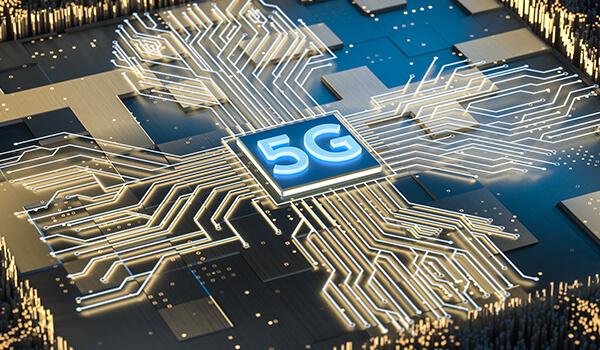5G is the abbreviation for fifth-generation mobile communication technology. 5G began commercial use in April 2019, and by the end of August 2020, it has developed hundreds of millions of users worldwide, of which Chinese users account for more than 80%.
According to CRI Report, by the end of 2020, global 5G users will exceed 200 million; by the end of 2024, global 5G users will reach 3 billion, and 5G will cover more than half of the world’s mobile communication users. It is estimated that from 2020 to 2024, the global 5G industry chain investment will exceed 3 trillion US dollars. With the global outbreak of COVID-19 since the beginning of 2020, the 5G-related industry chain has been promoted to a certain extent. Offline shopping, offline meetings, and offline teaching have become insecure, making online shopping and online video conferencing , Online teaching, online video playback, live broadcast, etc. are becoming more and more popular. The development of the above-mentioned industries has made users’ demands for bandwidth continue to rise, and traditional 4G networks have become increasingly difficult to adapt to consumer needs. Therefore, the epidemic has actually promoted the development of the 5G industry.
In the development of the 5G industry, ordinary consumers are exposed to terminal devices such as 5G mobile phones and 5G routers, and they have many requirements for the aesthetics and cost performance of these terminal devices. As for mobile communication operators, they pay more attention to the quality of 5G base stations, cables and other related background equipment. For consumers, they may change their phones once a year. Well-known 5G mobile phone brands that have been on the market include Huawei, Samsung, SONY, VIVO, OPPO, etc., while brands such as Apple and Google have launched 5G phones late. For mobile communication operators, considering cost and reliability, it is impossible to replace equipment frequently. Instead, equipment that can operate reliably for 3 years, 5 years or even longer is required. For 5G equipment manufacturers, you may have heard of companies such as Huawei, Ericsson, and Nokia. In fact, the reliable operation of 5G equipment is inseparable from high-quality accessories, such as cables. All kinds of equipment need to be connected through reliable cables to ensure their continuous reliable operation for tens of thousands of hours. According to the analysis of CRI Report, the global telecommunications equipment cable industry market scale is close to 30 billion U.S. dollars in 2019, and will exceed 50 billion U.S. dollars by 2024.
China is one of the world’s major telecommunications equipment cable manufacturers. On the one hand, the world’s well-known cable manufacturers have used a large number of Chinese companies to produce cables. At the same time, Greater China also has many excellent cable manufacturers, such as Huiju Technology (1729.HK). Founded in the 1980s, Huiju Technology (1729.HK) is mainly engaged in cable business. Its customers include major Chinese telecom operators, major global telecom equipment manufacturers, and data center operators. In order to expand its business scope, in June 2020, It acquired Huaxun Industrial (Suzhou) Co., Ltd., which further strengthened the company’s strength in LAN cables (network cables), industrial automation cables, and digital entertainment cables. CRI Report is the industry advisor of this case.
According to CRI Report, with the development of the global and Chinese 5G industry, the Chinese cable industry will also develop further.

